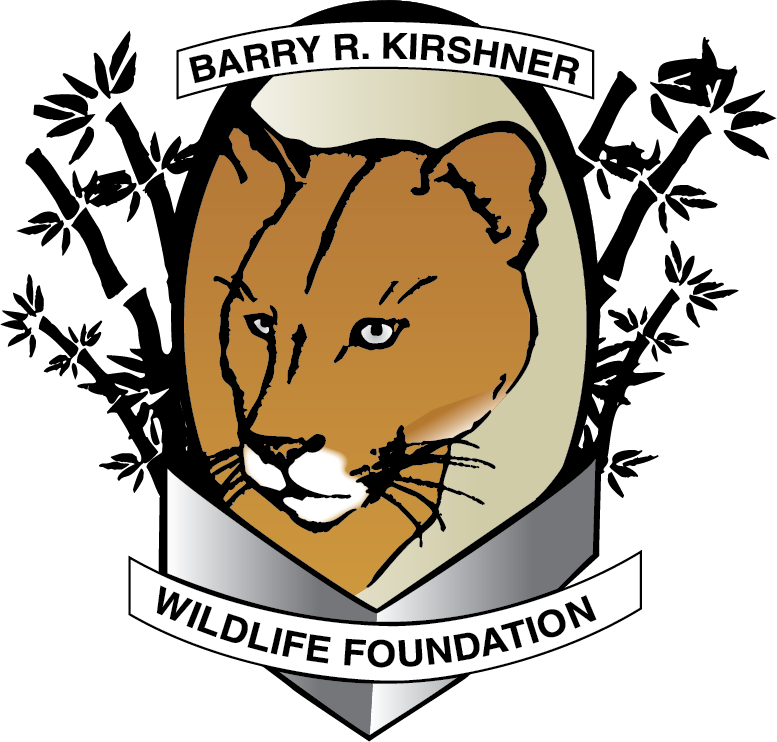Bearded Dragons
This male bearded dragon (Pogona vitticeps) came to us with several others from a facility that had to close down its breeding program. Because his tail had been injured by the other dragons, he was unlikely to be adopted out and we happily accepted him.
These two arrived with our other dragon to be part of our educational program. They are healthy and enjoy the interaction with our visitors and volunteer staff.
The most common of the Pogona family is the Central Bearded (P. vitticeps) but there are several members of this family:
Pogona barbata- Common Bearded
Pogona henrylawsoni – Rankin’s
Pogona minima – Western
Pogona minor – Dwarf
Pogona mitchelli – Northwest Bearded
Pogona nullarbor – Nullarbor
Pogona microlepitoda – Kimberley Bearded
Bearded dragons are aptly named for their beards, and the ability to expand the skin in the throat and neck area when threatened. The body is generally flat, with spines on the throat, and side of the head and body. Its tail is generally as long as its body. Males can be identified from females by larger heads, darker beards, and enlarged femoral pores.
These omnivorous reptiles can eat pinky mice (for adults), as well as crickets, mealworms, earthworms, and cockroaches. About one-fifth of their diet is leafy greens, vegetables such as peas, green beans, squash, grated carrots, and sweet potato, and a small amount of fruit such as melons, apples, grapes, plums, and bananas.
In close proximity, males may fight, however males and females can generally be kept together. During breeding season, if the male becomes too aggressive, it may need to be removed. Bearded dragons can start to breed between 8 and 18 months, and though a female may not be mated, she can still lay eggs.
The Central Bearded Dragon is usually found in dry woodlands and deserts of central Australia. It usually resides in bushes and trees or basking on rocks, but if it gets too hot, it will burrow below ground.
These reptiles make popular pets due to their docile nature, even in the wild, though younger individuals may scurry away from humans. The adults are social creatures and appear to enjoy human company. There are plentiful care sheets available online to help you care for the Bearded Dragon as a pet, to help keep both you and your pet healthy and happy.
bearded dragon Statistics:
Body Length
Weight
Incubation Period
Number of Eggs
Life Span
greater: up to 2 feet (including tail)
10 - 20 ounces
55 - 75 days
20
10 years

